When Steve Jobs introduced the iPad in 2010, he declared that the Post-PC era was upon us. A few months later, at the D8 conference, Jobs expanded on the topic, saying that PCs will remain in circulation but in very limited capacity, saying that “they will be used like a person on X”. Most people will use tablets as their primary computing device.
Over a decade later it is clear that the PC is not going to go away. The iPad is undoubtedly a very successful product for Apple, but few manage to do any serious work on one. Plus, despite an ever-growing list of features, the iPad still isn’t capable of doing everything Macs can.
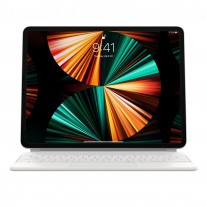
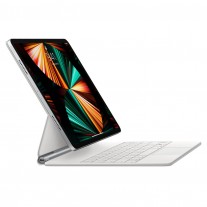
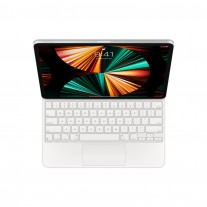
An iPad Pro that pretends to be a MacBook
By the way, Macs have entered a kind of post-PC era. “PC” is a generic term now, but it comes from IBM PC, a microcomputer based on the Intel 8086. It didn’t have the graphics capabilities of an Amiga or a Macintosh, but it became quite popular. Competing companies have decoded the design, creating “compatible PCs,” which is what led to the world domination of the x86 platform.
At the time, Apple was using Motorola 68000 processors, which were considered fast until Intel came out with the Pentium. Apple would switch from Motorola to PowerPC processors. Then history repeated itself and Intels overtook the best PowerPC chips, leading Apple to another platform change, this time to Intel. The company recently underwent what may be its latest platform change as it replaced nearly the entire range of Macs with Apple silicon-powered computers. In this way, Macs – and some iPads – have entered a kind of post-PC era.

However, Apple is still quite reluctant to allow iPads to behave like desktop computers. The newer iPad Pros are powered by the same Apple M1 chip found in some Macs, but iPadOS is holding onto that platform. Ironically, macOS can run iOS / iPadOS apps, but the reverse isn’t true. Hence, the PC, like in a desktop or laptop computer, is still leading the curve compared to tablets.
Other companies had a different approach to the Post-PC era: smartphones would replace PCs and become PCs. Microsoft did just that with Windows Continuum, a feature on Lumia phones that ran a standard Windows 10 desktop environment when connected to an external display. Add a keyboard and mouse and edit an Excel spreadsheet like the best of them.
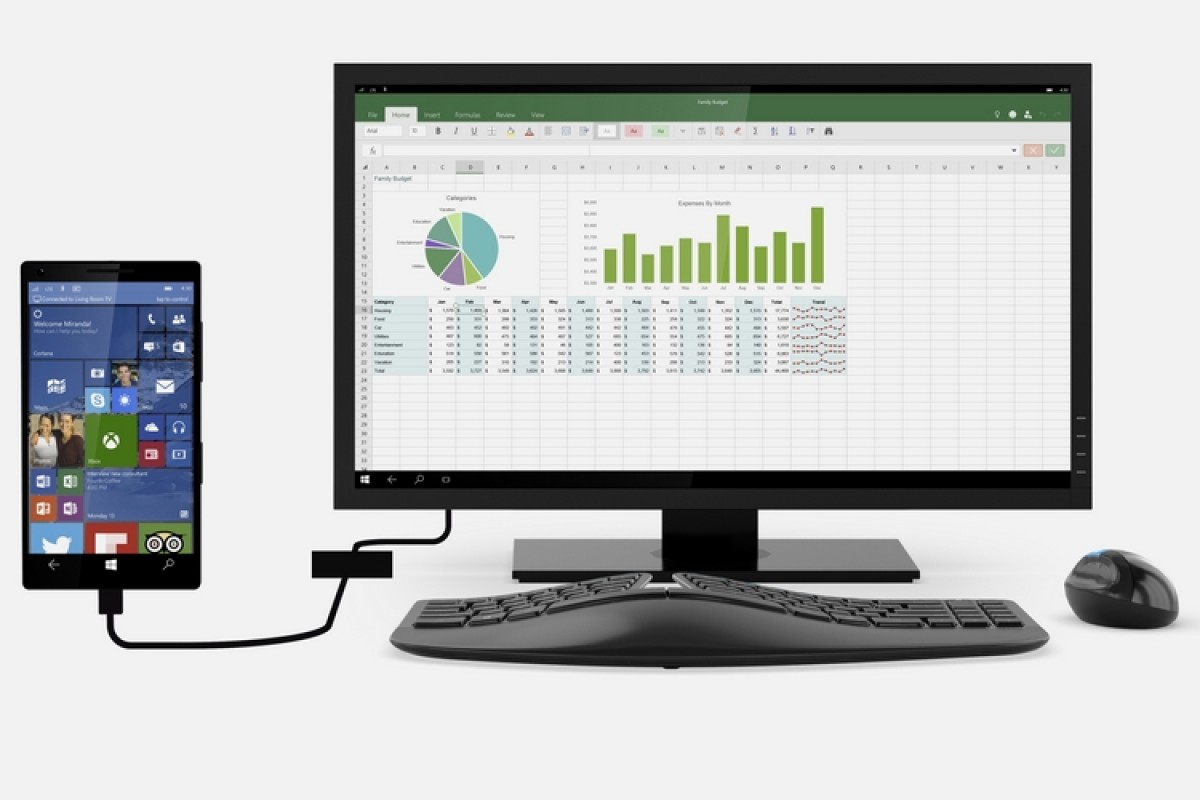
While Apple has executed its platform transitions flawlessly, Microsoft has struggled quite a lot. Windows RT was an attempt to bring the Windows 8 platform to ARM, but it turned out to be a disaster. Windows 10 is much better in this respect as it can run x86 software on ARM hardware – the lack of compatible software has really hindered the adoption of RT (most of the software ever written for Windows was x86-based). However, when Windows 10 arrived, it was too late for the Lumia and Continuum lost its base.
These days Microsoft is approaching the other side: Windows 11 has native support for Android apps. The company has also partnered with Amazon to secure a relatively well-stocked app store. Microsoft has an extensive suite of Android apps and even dabbles with the occasional Android phone.
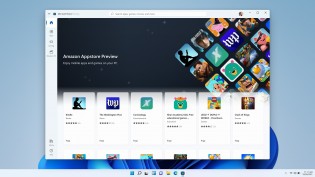
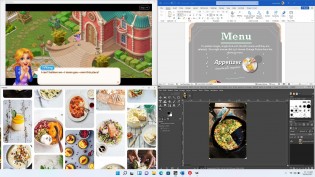
Android apps now work on Windows • Android and Windows apps side by side
Not that Microsoft Surface Duo has been particularly successful, nor its sequel. But it is clear that Windows in a pocket format will remain dead for now. We say this because no one has heard of the Surface Neo in a couple of years. It was a dual-screen device like the Duo, but it would run the now erased Windows 10X instead of Android.
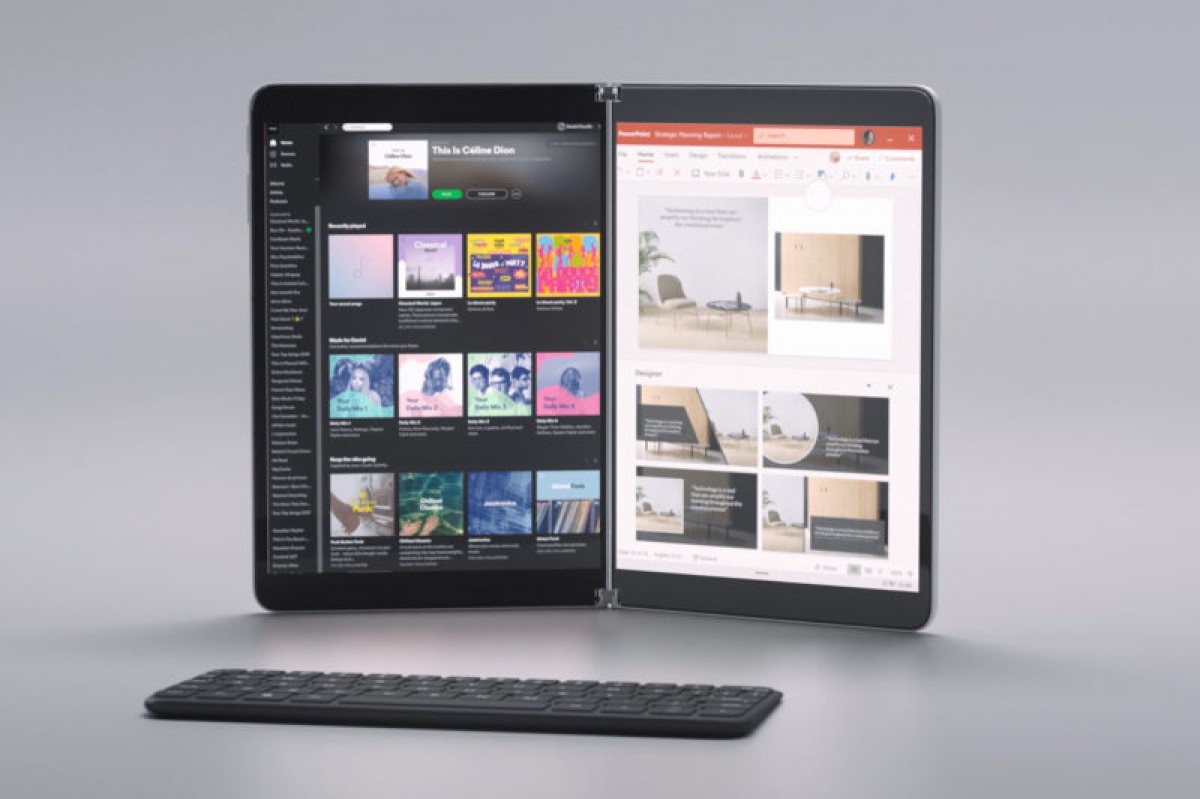
Several other companies have dabbled with the desktop in a pocket-sized concept. Let’s start with Motorola and Atrix phones.
The Motorola ATRIX came out in early 2011 and was powered by an Nvidia Tegra 2 chipset. It had two Cortex-A9 cores (1.0 GHz), 1 GB of RAM and a GeForce GPU. The phone ran Android 2.2 Froyo out of the box, Motoblur UI skin. But that’s not what we’re here for.
Two docks have promised to turn the ATRIX into a computer. One was the Laptop Dock, a hollowed out 11.6-inch laptop shell that offered a keyboard, touchpad, speakers, and 36 WHr battery, along with extended connectivity (two full-size USB-A ports).
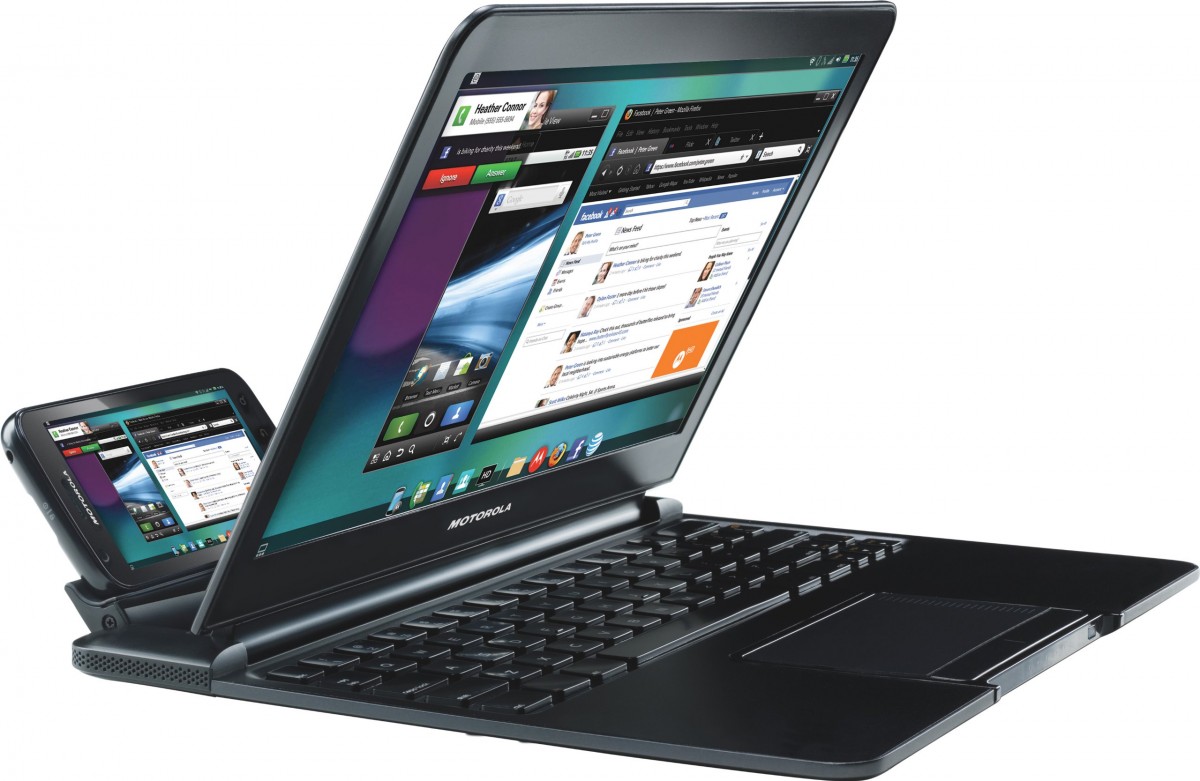
Once docked, the phone ran a desktop version of Firefox, complete with Adobe Flash support. You could browse the modern web, well, as modern as it was in 2011. Add-ons were also supported, so you could extend your browser’s functionality, but you can’t install other desktop apps. Instead, you were limited to running Android apps on a mirrored version of your phone’s screen or web app.
There was also the HD Multimedia Dock, intended for desktop use. It offers a mini HDMI port for connecting to an external monitor, three USB ports and an IR remote control. The Entertainment Center handled media playback and there was a native file browser.
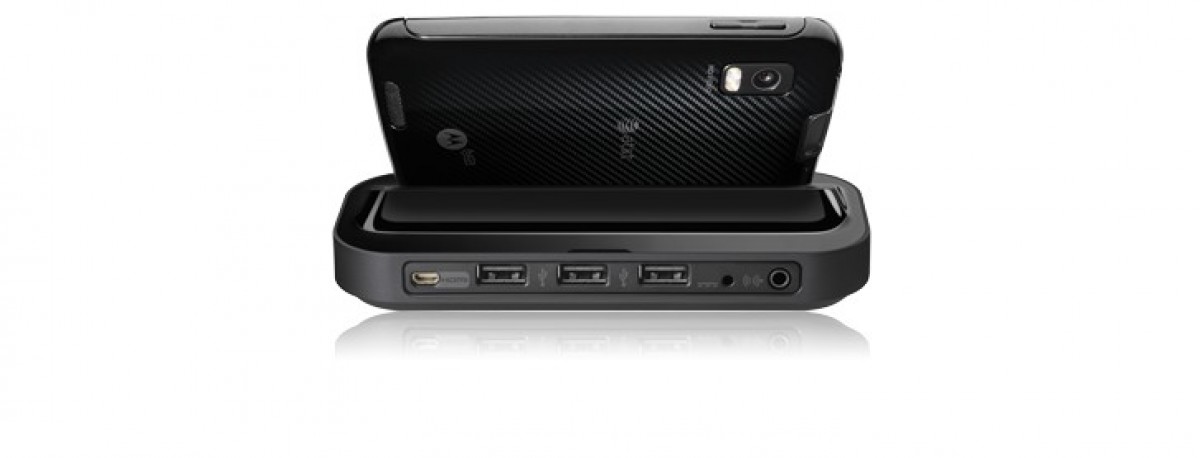
The ATRIX was an ambitious project as were the docks. But few found that the Laptop Dock was worth its $ 500 price point ($ 300 if you get it bundled with the ATRIX), even the HD dock wasn’t very popular despite its $ 100 lower price. Tegra 2 chip and the software was not ready. In fact, Android still has issues with resizable apps, so a free-form desktop environment was too much to ask Froyo.
2011 was quite a long year, it also saw the introduction of the Asus EEE Pad Transformer TF101. We have already covered the history of the Transformers in detail. It culminated with the Asus PadFone, a phone that could be plugged into a tablet docking station, which in turn could be plugged into a keyboard dock. A phone, a tablet, a laptop, all nestled together like Matryoshka dolls.
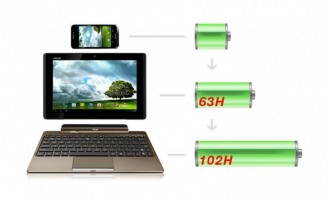
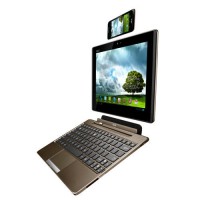
The Asus PadFone is the smartphone version of a Matryoshka doll
The phone’s 4.3 “AMOLED display (540 x 960px) has been expanded to a 10.1” (1280 x 800px) LCD. The tablet docking station added a 6,600mAh battery capacity, the keyboard docking station added the same amount (the phone itself only had a 1,520mAh power cell).
Okay, why were manufacturers trying to squeeze a PC experience out of smartphones? Look at the bill of material (BOM) for a typical phone. The chipset, RAM and storage together tend to be the most expensive part of the phone. And these are exactly the things that the Atrix and Transformer docks have skipped. Wireless connectivity components cost nearly as much, and Motorola and Asus were selling always-connected experiences – few laptops then (and now) have built-in mobile data connectivity.
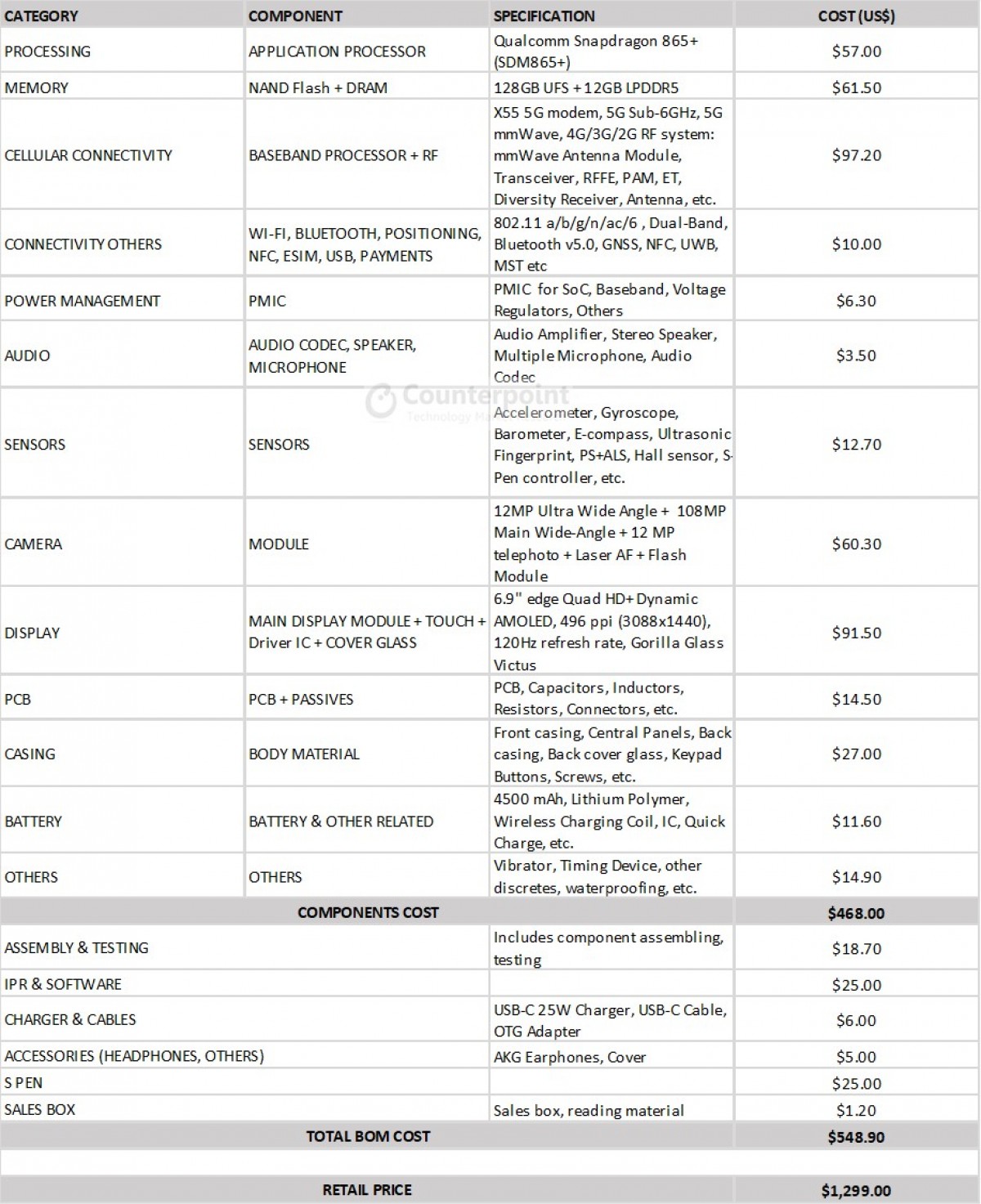
So, (some of the) docks had screens and those are quite expensive too. But a dock still skips 2/3 of the expensive components that go into a laptop. So the docks make financial sense, right?
From the manufacturer’s point of view, of course. However, consumers never really believed the idea. The ATRIX Laptop Dock costs as much as an underpowered laptop (and as established, the ATRIX wasn’t a speed demon), so people just bought one.
We are living in the future now. DeX – Samsung’s Desktop eXperience – is a fairly capable system that offers a suitable desktop environment with multiple resizable and overlapping windows. It doesn’t even need a dock most of the time, many new monitors have a built-in dock, so all you need is a USB-C cable. DeX also works with wireless screen mirroring, so cable isn’t a difficult requirement either. And Samsung tablets can run DeX as a native interface, so you don’t even need an external display.
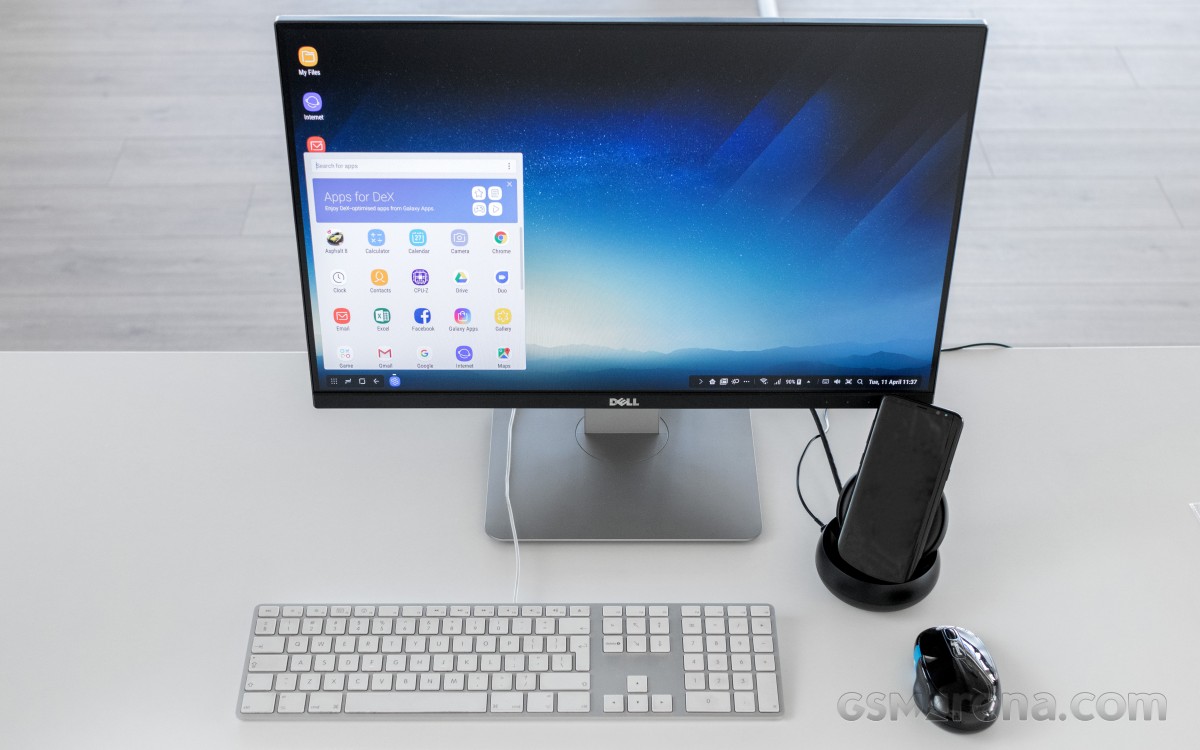
Samsung DeX running on a Galaxy S9
Motorola is back with Ready For, which also works via USB-C. Whether you use it for productivity or gaming on a big screen, with much faster processors, improved software and services like game streaming, the concept of phone as PC works better than ever.
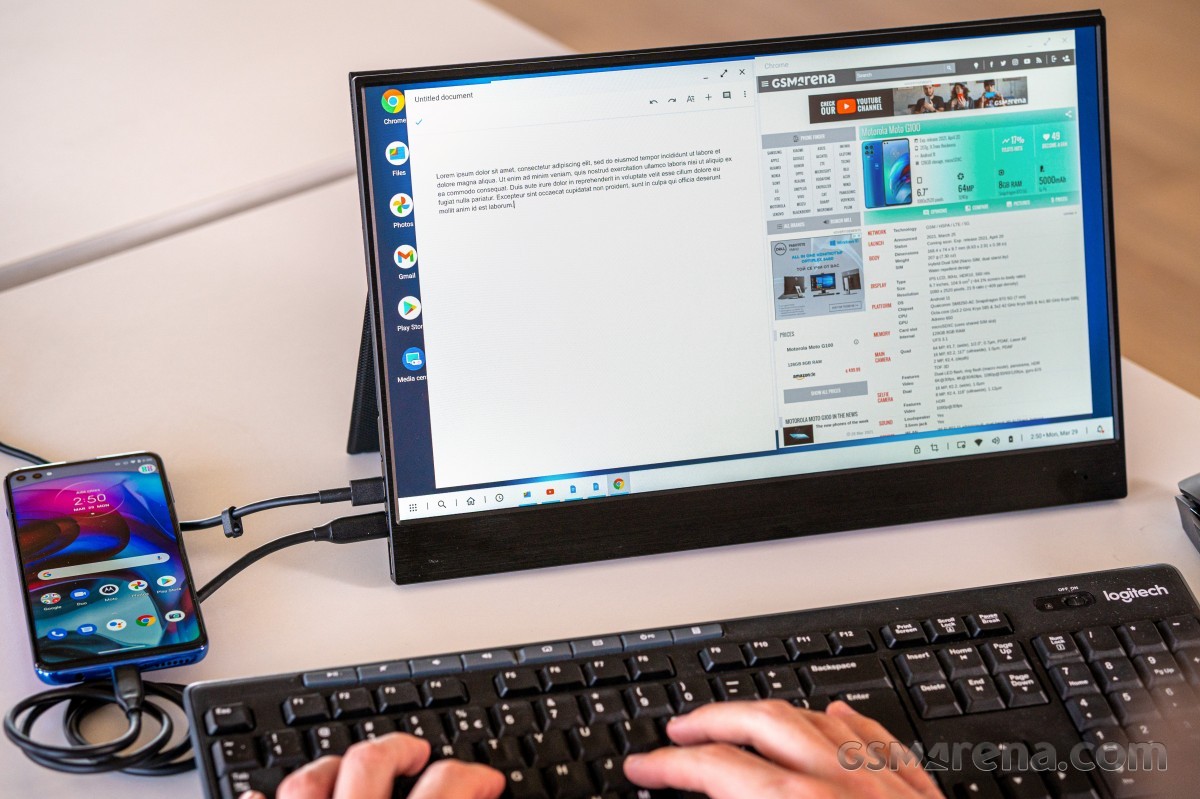
The new Motorola phones with Ready For are the rebirth of the ATRIX
Asus is back too and offers a dizzying variety of docks for its ROG phones. Some focus on games, like the Twin View Dock 3, others focus on desktop games and productivity like the Mobile Desktop Dock.
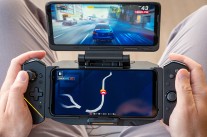
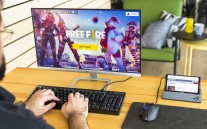
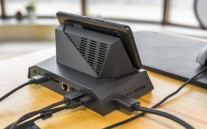
Some of the many Asus ROG phone docks
Huawei also has its own version of a desktop environment, although we don’t see its phones as often as before.
Has the post-PC era finally arrived? Only if you wanted to. The thing is, even without the need for a dock, you still need a large display. If you need to carry it, you can also bring a tablet or laptop. If you expect to find one on site when you arrive, what if you don’t? Or what if there is already a PC there (like in most offices)?
Apple M1 chips work on both macOS and iPadOS. Snapdragon chips run Windows, not just Android. The CPU, RAM, and storage are still some of the most expensive parts of a smartphone or computer. Those things haven’t changed, but neither have the negative sides of port life.
The funny thing is that computers have started absorbing smartphone functionality at the same rate that smartphones are doing the opposite. Instead of one branch of personal computing killing the other, they will likely merge into a single class of omnipotent devices. We’re not sure what it will look like, but as long as it’s not a Google Glass-style headset, we’d be happy. Foldable phones (and laptops) may prove to be the best option.




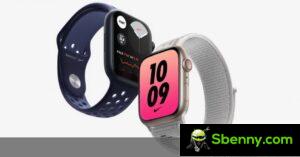
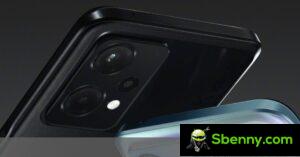

Start a new Thread